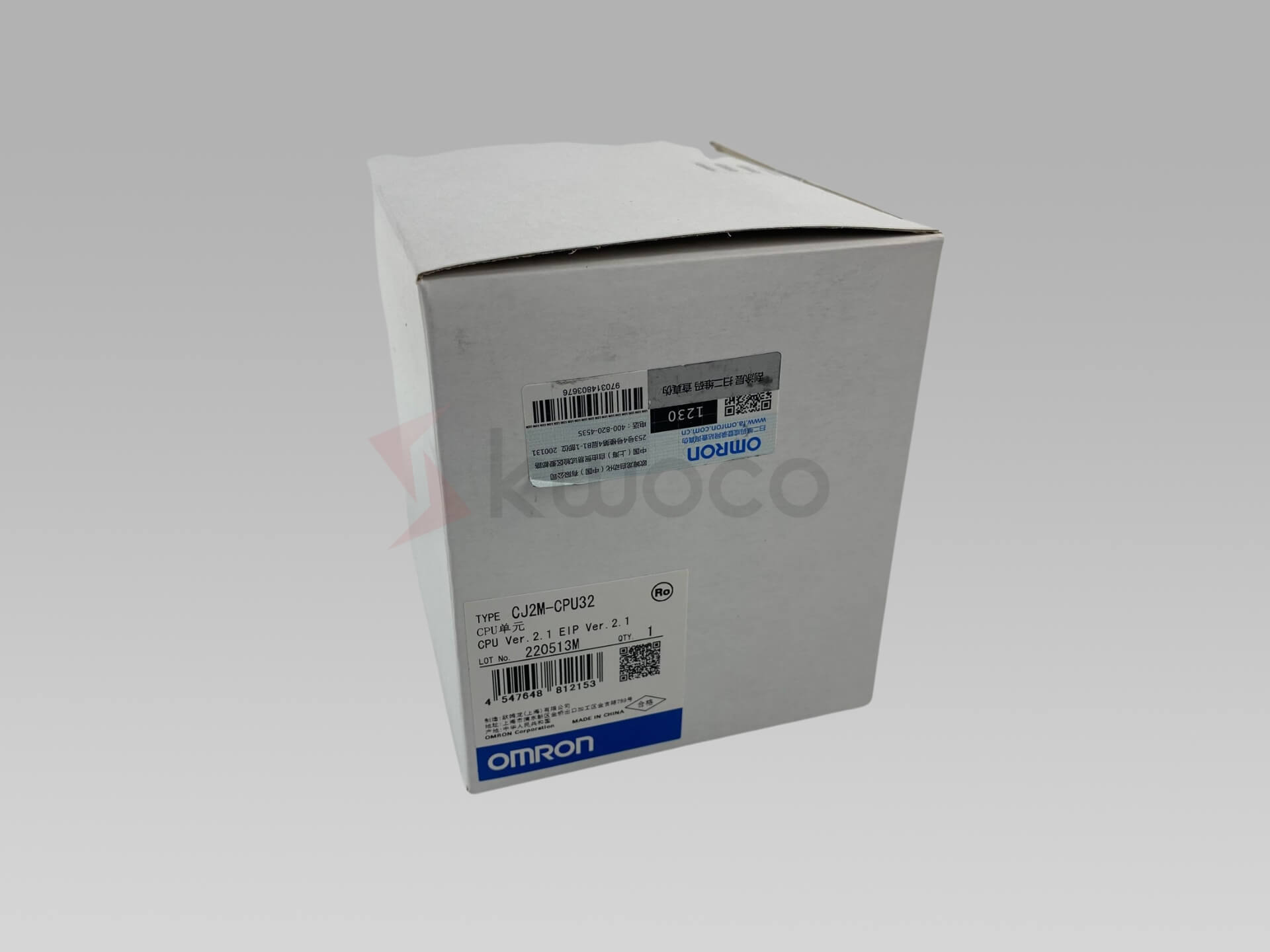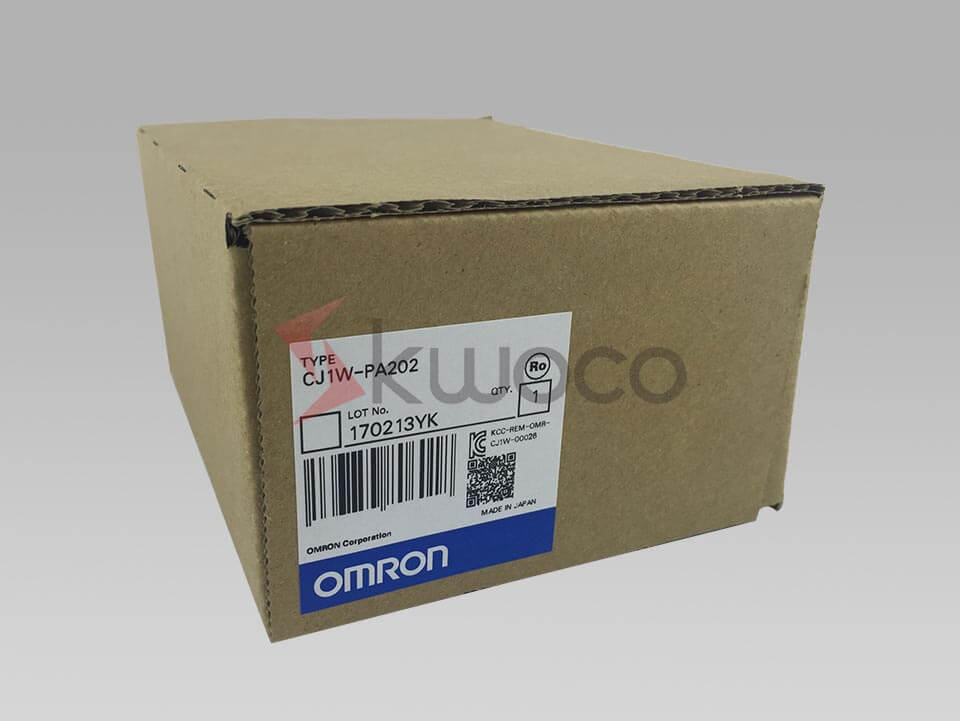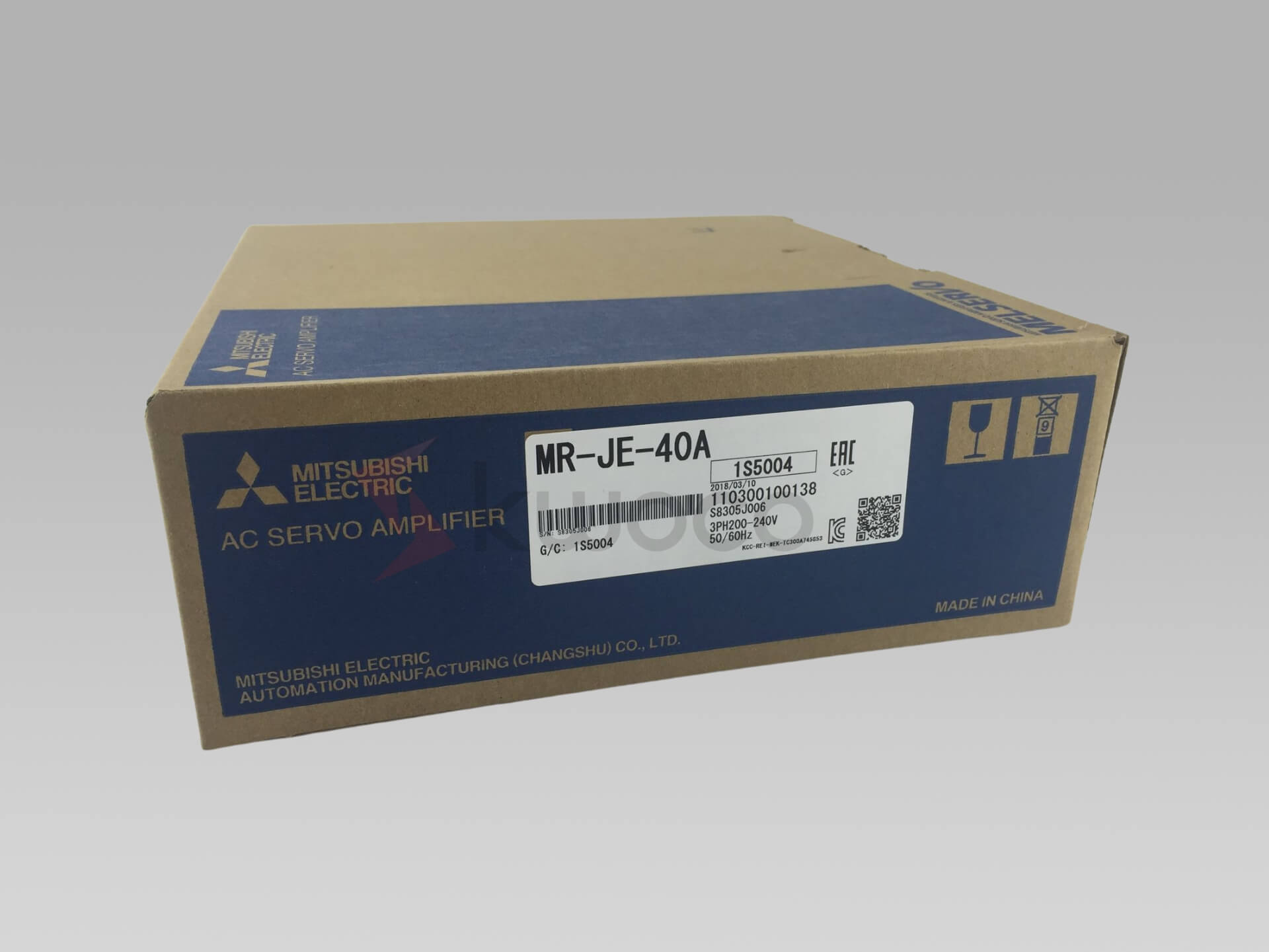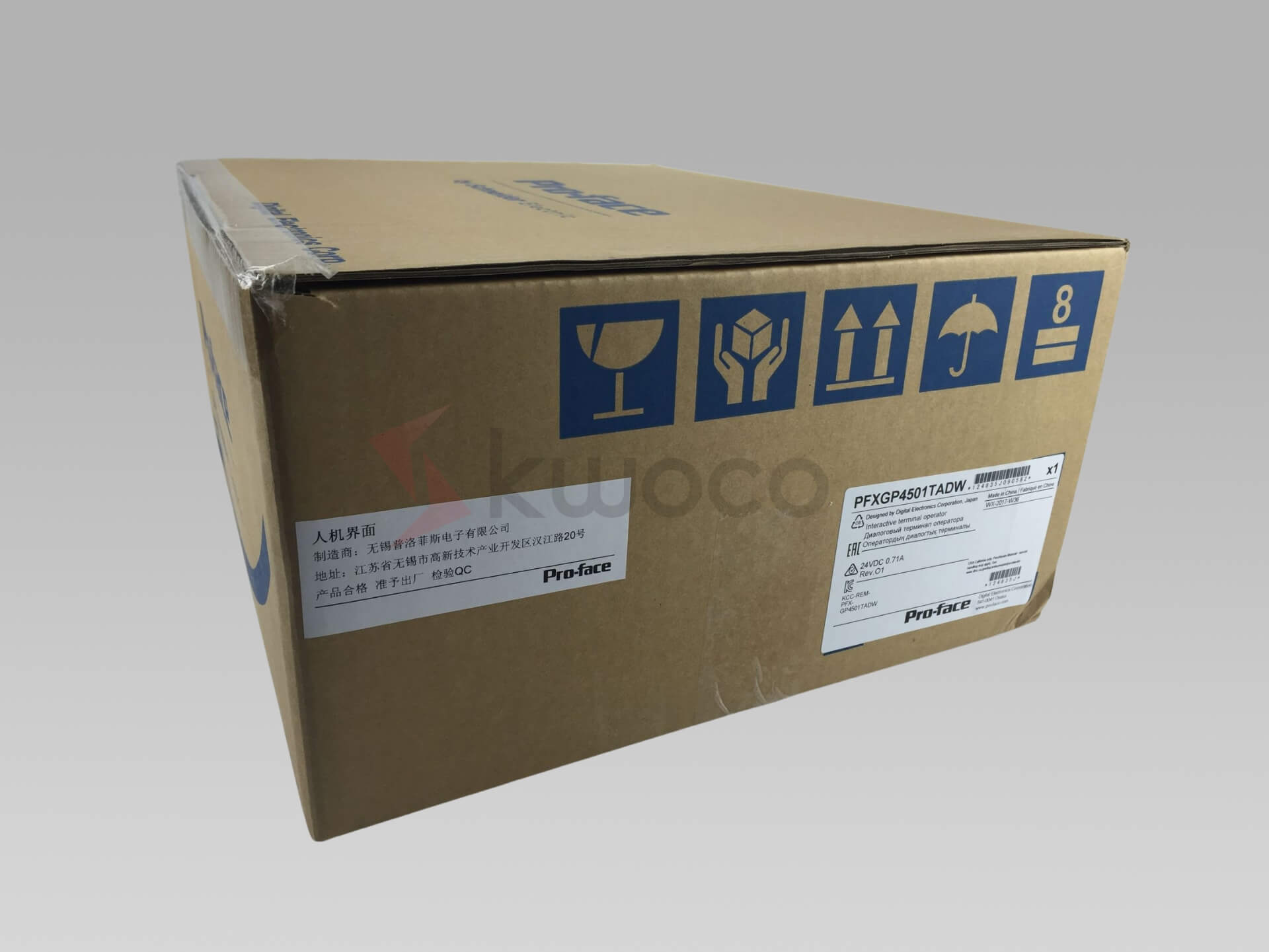O que é um contator magnético e para que ele é usado?
Índice
O que é um contator magnético?
Um contator magnético é um interruptor controlado eletricamente usado para comutar um circuito de energia elétrica. É um tipo especial de relé projetado para lidar com maior capacidade de transporte de corrente. Ao contrário de um interruptor simples, um contator magnético pode ser controlado remotamente e é capaz de lidar com altas correntes.
O contator é um dispositivo eletromecânico que faz ou interrompe a conexão entre a fonte de alimentação e a carga. Quando a bobina é energizada, ela cria um campo magnético que faz com que o núcleo do contator se mova, fechando os contatos e permitindo que a corrente flua.
Contatores são usados em uma ampla gama de aplicações, desde o controle de motores elétricos até o gerenciamento de grandes instalações de iluminação. Eles são cruciais na automação industrial, oferecendo um meio confiável para controlar circuitos de alta potência.
Sua capacidade de serem operados remotamente os torna ideais para sistemas de controle complexos onde a operação manual é impraticável ou insegura. Contatores magnéticos são comumente usados em produtos de controle industrial e plantas de fabricação. Eles garantem que máquinas e equipamentos operem com segurança e eficiência.
Quais são os diferentes tipos de contatores magnéticos?
Existem vários tipos de contatores magnéticos, cada um projetado para aplicações específicas. Um tipo comum é o contator magnético CA, usado em sistemas de corrente alternada. Outro é o contator magnético CC, que opera em ambientes de corrente contínua.
Os contatores também são categorizados por suas classificações de corrente, variando de alguns amperes a milhares de amperes. A escolha do contator depende dos requisitos específicos do sistema elétrico.
Os tipos de contatores magnéticos incluem contatores de estrutura aberta e contatores fechados. Contatores de estrutura aberta são usados em painéis onde são protegidos do ambiente, enquanto contatores fechados são adequados para aplicações autônomas.
Além disso, os contatores podem ser classificados com base no número de polos que eles têm, como contatores unipolares, bipolares e tripolares. Cada tipo atende a um propósito diferente e é escolhido com base nas necessidades específicas da aplicação. Por exemplo, Schneider PLC frequentemente utiliza contatores especializados adaptados aos seus sistemas.
Qual é o princípio de funcionamento de um contator magnético?
O princípio de funcionamento de um contator magnético envolve o uso de um eletroímã para controlar a abertura e o fechamento de contatos elétricos. Quando a voltagem é aplicada à bobina do contator, ela cria um campo magnético. Este campo atrai o núcleo móvel do contator, que por sua vez fecha os contatos.
Quando a bobina do contator é energizada, os contatos fecham, permitindo que a corrente flua para a carga. Por outro lado, quando o contator é desenergizado, o campo magnético desaparece, e os contatos abrem, interrompendo o fluxo de corrente.
Este princípio de funcionamento do contator magnético permite o controle remoto de circuitos de alta potência. Ele também fornece um meio de proteger o circuito de controle das altas correntes no circuito de potência.
A capacidade do contator de abrir e fechar rapidamente o circuito o torna um componente essencial em sistemas de segurança e controle. Os contatores são projetados para lidar com as altas correntes de partida que ocorrem ao dar partida em motores, tornando-os indispensáveis em ambientes industriais.
Como funciona um contator magnético em aplicações industriais?
Em ambientes industriais, um contator magnético funciona gerenciando a energia fornecida a máquinas pesadas. Quando um sinal de partida é recebido, a bobina do contator é energizada. Isso cria um campo magnético, puxando o núcleo do contator e fechando os contatos principais.
Isso permite que a eletricidade flua para o motor ou outra carga, iniciando sua operação. Quando o sinal de parada é dado, a bobina é desenergizada, o campo magnético colapsa e os contatos abrem, interrompendo o fluxo de eletricidade.
Contatores magnéticos são cruciais no controle de motores elétricos, sistemas de iluminação e outras cargas de alta potência. Eles fornecem uma maneira confiável de iniciar e parar equipamentos, proteger contra sobrecargas e garantir uma operação segura.
A aplicação da tecnologia de contator magnético se estende a várias indústrias, incluindo manufatura, HVAC e manuseio de materiais. Por exemplo, em uma planta de manufatura, contatores podem controlar a operação de correias transportadoras, bombas e outras máquinas, garantindo processos de produção suaves e eficientes.
Quais são as principais características dos contatores magnéticos?
Os contatores magnéticos vêm com uma variedade de recursos que os tornam adequados para diferentes aplicações. Um recurso importante é sua capacidade de lidar com alta corrente. Os contatores são projetados para alternar correntes que variam de alguns amperes a milhares de amperes, tornando-os ideais para aplicações de serviço pesado.
Outra característica importante é a capacidade de serem controlados remotamente. Isso permite que os operadores gerenciem os equipamentos a uma distância segura, reduzindo o risco de acidentes elétricos.
Os recursos dos contatores também incluem sua durabilidade e confiabilidade. Eles são construídos para suportar ambientes industriais severos e operações de comutação frequentes. Muitos contatores também apresentam contatos auxiliares, que podem ser usados para fins de sinalização ou intertravamento.
Esses contatos auxiliares fornecem opções de controle adicionais, aprimorando a funcionalidade do contator. Por exemplo, o contato auxiliar pode ser configurado como normalmente aberto ou normalmente fechado, fornecendo flexibilidade em circuitos de controle.
Qual é a estrutura de um contator magnético?
A estrutura do contator magnético consiste em vários componentes-chave. A bobina é o coração do contator, responsável por criar o campo magnético que opera o dispositivo. O núcleo é uma parte móvel que é atraída para a bobina quando ela é energizada, fazendo com que os contatos fechem.
Os contatos são as partes que fazem ou quebram a conexão elétrica. Normalmente, há três tipos de contatos em um contator: contatos de energia, contatos auxiliares e contatos de bobina.
Outro componente importante é o sistema de supressão de arco. Quando um contator abre, um arco elétrico pode se formar entre os contatos. O sistema de supressão de arco ajuda a extinguir rapidamente esse arco, evitando danos aos contatos e garantindo uma operação confiável.
O invólucro do contator fornece proteção física e isolamento para os componentes internos. No geral, o design de um contator magnético é otimizado para durabilidade, confiabilidade e segurança.
Quais são as diferenças entre contatores e relés?
Contatores e relés são ambos interruptores eletromecânicos, mas são usados em aplicações diferentes e têm características distintas. Um contator é projetado para lidar com maior capacidade de transporte de corrente do que um relé.
Contatores são tipicamente usados em aplicações envolvendo motores elétricos, sistemas de iluminação e outras cargas de alta potência. Em contraste, relés são usados para aplicações de corrente mais baixa e são frequentemente encontrados em circuitos de controle.
Outra diferença fundamental é a presença de recursos de supressão de arco nos contatores. Devido às altas correntes que eles manipulam, os contatores são equipados com calhas de arco e outros mecanismos para extinguir rapidamente arcos elétricos.
Os relés, por outro lado, normalmente não têm esses recursos. Além disso, os contatores geralmente têm vários contatos, incluindo contatos de energia e contatos auxiliares, enquanto os relés geralmente têm menos contatos. A tabela abaixo resume algumas das principais diferenças:
| Recurso | Contator | Relé |
|---|---|---|
| Capacidade atual | Alto (Amperes para milhares de Amperes) | Baixo (normalmente alguns amperes) |
| Aplicativo | Motores elétricos, cargas de alta potência | Circuitos de controle, aplicações de baixa potência |
| Supressão de arco | Sim | Não |
| Número de contatos | Múltiplo (potência e auxiliar) | Menos |
| Tensão | Alta tensão | Baixa Voltagem |
| Uso típico | Automação Industrial, Distribuição de Energia | Comutação de sinais, painéis de controle |
Como os contatores magnéticos lidam com a supressão de arco?
A supressão de arco é um aspecto crítico do projeto do contator magnético. Quando um contator abre sob carga, um arco elétrico pode se formar entre os contatos.
Este arco pode gerar calor significativo e causar danos aos contatos se não for rapidamente extinto. Os contatores usam vários métodos para suprimir arcos, incluindo calhas de arco, blowouts magnéticos e materiais de contato especiais.
As calhas de arco são estruturas que ajudam a dividir e resfriar o arco, fazendo com que ele se extinga rapidamente. As explosões magnéticas usam um campo magnético para empurrar o arco para longe dos contatos e para dentro da calha de arco.
Materiais de contato especiais, como ligas de prata, são usados para minimizar os efeitos do arco e prolongar a vida útil dos contatos. A supressão adequada do arco é essencial para garantir a operação confiável e segura dos contatores em aplicações de alta corrente.
Como os contatores operam em sistemas CA e CC?
Os contatores podem ser projetados para operar em sistemas CA e CC, mas há algumas diferenças em seu design e operação. Os contatores magnéticos CA são projetados para lidar com a corrente alternada, que naturalmente cruza a voltagem zero muitas vezes por segundo.
Isso ajuda a extinguir o arco quando os contatos abrem. Os contatores CA normalmente usam um núcleo laminado para minimizar perdas por correntes parasitas.
Os contatores magnéticos CC, por outro lado, devem lidar com um fluxo contínuo de corrente, que não cruza naturalmente o zero. Isso torna a supressão de arco mais desafiadora. Os contatores CC geralmente usam métodos de supressão de arco mais robustos, como blowouts magnéticos, para garantir uma operação confiável.
Além disso, o design da bobina pode diferir entre contatores CA e CC para otimizar o desempenho para cada tipo de corrente. Por exemplo, Omron PLC os sistemas utilizam contatores CA e CC, dependendo dos requisitos da aplicação.
Por que escolher as soluções de automação industrial da Kwoco?
Na Kwoco, somos especializados em fornecer soluções de automação industrial de alta qualidade adaptadas às necessidades de fábricas de máquinas e equipamentos, fabricantes e empresas de soluções de fábrica.
Nossa ampla gama de produtos inclui contatores magnéticos, relés, CLPs, IHMs, inversores, e outros componentes essenciais para sistemas de controle industrial. Entendemos o papel crítico que equipamentos confiáveis desempenham em suas operações, e estamos comprometidos em entregar produtos que atendam aos mais altos padrões de qualidade e desempenho.
Escolher a Kwoco significa fazer parceria com uma empresa que tem um profundo entendimento do cenário de automação industrial. Nossa equipe de especialistas se dedica a fornecer a você as melhores soluções para suas necessidades específicas.
Oferecemos suporte abrangente, desde a seleção do produto até a instalação e manutenção, garantindo que seus sistemas funcionem de forma suave e eficiente. Com a Kwoco, você pode confiar que está obtendo produtos de primeira linha e serviço inigualável, apoiados por anos de experiência e um compromisso com a excelência.
Perguntas frequentes
A principal função de um contator magnético é ligar e desligar circuitos de energia elétrica. Ele é projetado para lidar com altas correntes e pode ser controlado remotamente, tornando-o ideal para aplicações industriais.
Um contator magnético é projetado para maior capacidade de condução de corrente e normalmente inclui recursos de supressão de arco, enquanto um relé é usado para aplicações de corrente mais baixa e pode não ter supressão de arco.
Os principais componentes de um contator magnético incluem a bobina, o núcleo, os contatos (potência, auxiliar e bobina) e o sistema de supressão de arco. Esses componentes trabalham juntos para controlar o fluxo de eletricidade.
A supressão de arco é importante em contatores porque ajuda a extinguir rapidamente arcos elétricos que podem se formar quando os contatos abrem. Isso previne danos aos contatos e garante uma operação confiável.
Os contatores magnéticos são usados em uma ampla gama de indústrias, incluindo manufatura, HVAC, manuseio de materiais e qualquer indústria que exija o controle de cargas elétricas de alta potência. Por exemplo, Mitsubishi PLC sistemas são amplamente utilizados nessas indústrias, muitas vezes incorporando contatores magnéticos.
Potencialize seus projetos com PLC Omron, Mitsubishi, Schneider novos e originais – em estoque, prontos agora!
Conclusão
- Contatores magnéticos são essenciais para controlar circuitos elétricos de alta potência em ambientes industriais.
- Eles vêm em vários tipos, incluindo versões CA e CC, e são categorizados por classificações de corrente e configurações de polos.
- O princípio de funcionamento de um contator magnético envolve o uso de um eletroímã para abrir e fechar contatos, permitindo o controle remoto de circuitos de energia.
- Os principais recursos incluem manuseio de alta corrente, capacidade de controle remoto, durabilidade e a presença de contatos auxiliares para opções de controle adicionais.
- Os contatores diferem dos relés principalmente em sua capacidade de manuseio de corrente e recursos de supressão de arco.
- A supressão de arco é crucial para evitar danos por contato e garantir uma operação confiável.
- Escolher um fornecedor confiável como a Kwoco garante acesso a produtos de alta qualidade e suporte especializado para suas necessidades de automação industrial.
Lembre-se, entender a função e a aplicação dos contatores magnéticos pode aumentar significativamente a eficiência e a segurança de suas operações industriais. Para mais informações sobre nossos produtos e serviços, sinta-se à vontade para Contate-nos hoje.
Contate-nos
Basta preencher seu nome, endereço de e-mail e uma breve descrição de sua consulta neste formulário. Entraremos em contato com você em até 24 horas.
Você também pode achar esses tópicos interessantes
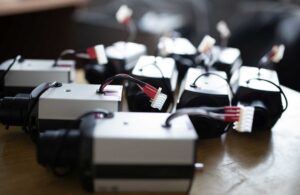
Servo Motores são CA ou CC? Entendendo as Diferenças
Uma pergunta que encontro frequentemente é: "Os servomotores são CA ou CC?" É um ponto comum de confusão, e entender a resposta é crucial para qualquer um que queira implementar servomotores efetivamente em seus sistemas. Vamos mergulhar neste tópico para esclarecer as distinções e ajudar você a tomar decisões informadas para suas aplicações.

Sensores NPN vs PNP: Principais diferenças explicadas
Entender as diferenças entre sensores NPN e PNP é crucial para qualquer pessoa envolvida em automação industrial. Esses sensores são componentes fundamentais em sistemas de controle, e saber como eles funcionam pode aumentar muito a eficiência e a confiabilidade de suas operações. Este guia abrangente desmistificará os módulos e sensores NPN e PNP, explicará sua funcionalidade e ajudará você a decidir qual tipo é mais adequado para suas aplicações.
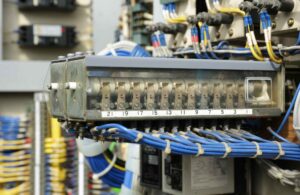
Compreendendo entradas analógicas em sistemas PLC: preenchendo a lacuna entre sinais digitais e analógicos
Entradas analógicas são a linha de vida dos sistemas de automação modernos, atuando como o elo crucial entre processos físicos e controladores digitais como PLCs (Controladores Lógicos Programáveis). Entender o conceito de entradas analógicas e como elas diferem das entradas digitais é essencial para qualquer pessoa envolvida em automação industrial. Este artigo se aprofundará no que são entradas analógicas, como elas funcionam dentro de sistemas PLC e por que entender as diferenças entre sinais analógicos e digitais é vital.

